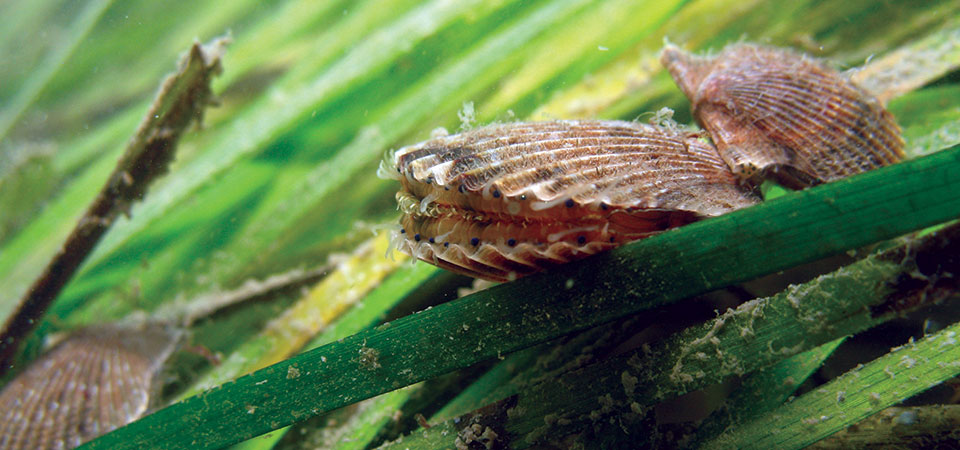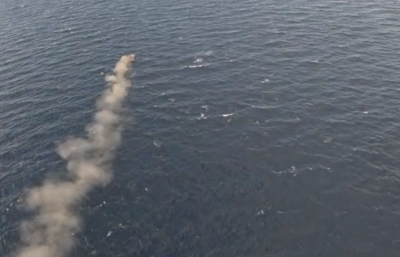Seagrass beds in Chesapeake Bay, a vital habitat for blue crabs and other species, declined by 38 percent in 2019, a trend researchers link to higher than usual river flows that year.
The federally funded Chesapeake Bay Program released findings from its annual survey July 8, reporting a mixed bag of results from across the bay region and its rivers. The overall 38 percent estimated decline is down from a 108,078-acre tally in 2018.
“The largest decline in terms of total area – an estimated 34,986 acres – was observed in moderately salty waters, particularly in the Tangier Sound area, which experienced a 18,452-acre decline,” according to a summary by the bay program. “Experts attribute the losses largely to a decline in widgeon grass. Widgeon grass fluctuates from year-to-year as the species responds rapidly to impacts from extreme weather or changes in water quality.”
The 2019 drop-off in widgeon grass recalls “a similar situation that occurred in 2001-2003, where a rapid increase in widgeon grass in 2001 and 2002 was followed by a 50% decline in 2003,” according to bay program officials. “Though the precise cause for the decline in 2019 is unknown, higher than average river flows may have contributed by reducing water clarity and blocking sunlight from reaching the grasses.”
Widgeon grass, eelgrass and other plants of the bay’s underwater meadows – collectively called submerged aquatic vegetation or SAV by biologists – are good indicators of water quality and overall environmental conditions, because they react quickly to negative changes but bounce back when conditions improve.
Advocates with fishing and environmental groups point to overall long-term improvements as evidence that long regional efforts to reduce pollution and improve water quality are working.
“The past two years have tested the resilience that our SAV beds have been building since the Chesapeake Bay pollution diet was implemented. The good news is that many of the bay's tributaries stood up well against the high flows and associated sediment and nutrient runoff from 2018 and 2019, and SAV acreage even continued to expand in some,” said Brooke Landry, a biologist with the Maryland state Department of Natural Resources who chairs the Chesapeake Bay Program’s SAV working group.
“But there's still much more work to do in order to mitigate unpredictable impacts from climate change. The Chesapeake Bay Program and its partners are committed to that effort and will continue working toward improving water quality and reversing these recent losses,” said Landry.
Before the seagrass shrinkage was finally estimated, the 2020 Blue Crab Advisory Report found that the overall blue crab population in the Bay decreased from 594 million in 2019 to 405 million in 2020, according to the bay program.
“ While this marks a 31 percent decrease from the previous year, experts report the overall Chesapeake Bay blue crab population is not depleted or being overfished,” program officials said. “An estimated 61 million pounds of blue crabs were commercially harvested from the Chesapeake Bay in 2019, which is below the 1990-2018 averages.”
There was better news about Maryland’s wild oyster harvest. A June 8 update delivered at the state Oyster Advisory Commission “indicates that the overall abundance of adult, market-size oysters in Maryland’s portion of the Chesapeake Bay has rebounded considerably since 2018 and is now at the fifth highest level since 1999,” the Bay Journal reported.
The state Department of Natural Resources figures that Maryland watermen harvested almost twice as many wild oysters in 2019 as the previous year, despite working fewer days. That has state officials considering whether to continue those effort controls or relax them for the season that opens Oct. 1, according to the magazine.







